You are an avid RV enthusiast, but you are not the only one. With more people discovering this lifestyle, it is becoming more difficult to get your hands on propane for heating purposes. And if you’re like most of us living in cold climates, then this becomes a wintertime issue that needs to be addressed as soon as possible! Luckily, for you, there are ways to heat your RV without using any propane whatsoever! All it takes is some creativity and the willingness to try something new.
Table of Contents
Types of Heaters to Use in an RV without Propane
Ceramic Space Heater
Ceramic space heaters are the most common type of room heater used in RVs. They’re small, lightweight, and inexpensive to run. To use this kind of heater safely, you will need a carbon monoxide detector installed in your RV because they don’t have a fan or any other sort of ventilation system that’s equipped to get rid of harmful gases if there is too much build-up from the burning fuel source. Additionally, these units can overheat very easily so it is important not to place them near combustible materials such as curtains or furniture coverings.
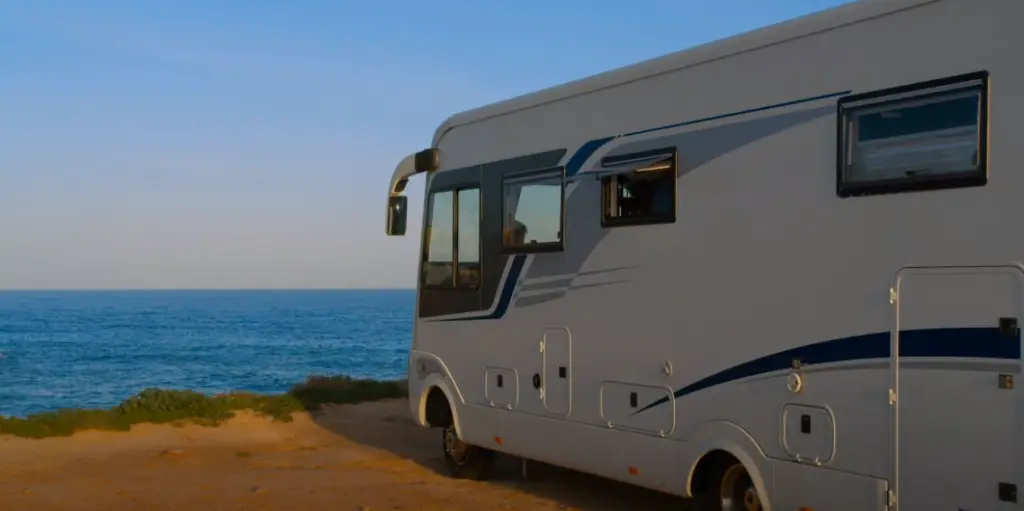
Avoid placing ceramic heaters where pets may sleep or on carpeted surfaces. In addition, do not allow children access without supervision when using one of these units.
Space heaters are not to be used in place of a built-in heating system or central heater. If you have older model RVs it’s best to check with someone knowledgeable about these units before attempting to use one.
Heat Pumps
Heat pumps can be an effective way to heat your RV. They use electricity and water as the source of power, which eliminates any need for propane tanks or RV generators. Just like with a conventional home heat pump, you set up the unit outside and run it through some PVC piping that goes into the wall of your camper.
You also have to make sure that there is enough insulation in here so that you don’t waste all this energy heating up the exterior walls instead of keeping warm inside!
The majority of RVs come with a built-in cooling system, but not a heating system. If you want to use your air conditioner for both the summer and winter seasons, then converting it into a heat pump can be very helpful! You will need to install some extra parts in order to make this happen successfully, so start doing your research today!
Wood Stove
A wood stove is yet another way to heat your RV without propane. The upside of using a wood stove is that it saves you money in the long run and doesn’t require any maintenance or gas refills. You can also use this option during camping trips if you don’t have access to electricity for charging batteries while staying at campgrounds with electric hookups. Just make sure to bring plenty of firewood along on your trip!
Another benefit of a wood stove is that it’s quite portable, which makes it ideal for those who want to take their heating source with them on camping trips. Once you have the firewood gathered and place some in your RV, make sure to open up all windows as well as any air vents so there isn’t too much build-up from using the stove regularly.
Electric Heaters
As everyone knows, electricity is the cheapest way to heat things and that includes an RV. A typical 30-50 gallon heating tank will cost around $30-$100 a month depending on how cold it gets where you live.
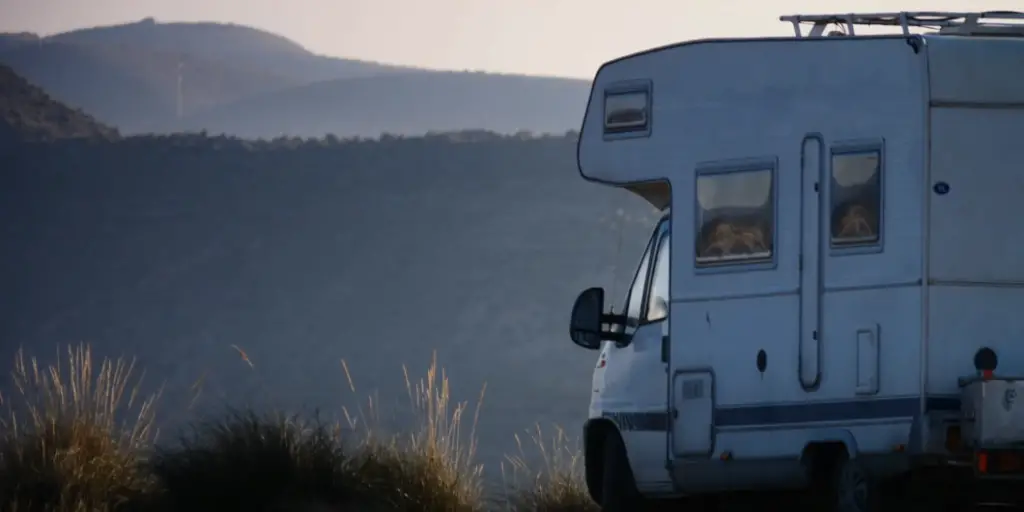
You can always purchase an electric-powered portable heater that requires no installation or alterations. They don’t cost too much money but will incur additional expenses on your monthly electricity bill so do this only as a last resort if the above options aren’t viable for you.
There are some downsides though:
- Electric heaters are less efficient than propane. The insulation of an RV can be bursting at the seams with leaks, so it is important to operate these types of heaters cautiously and not run them 24/24 or you will bleed your RV batteries dry before long. As for heating time, it could take anywhere from 12 hours to two days depending on how cold it gets outside;
- Some campgrounds don’t allow electric furnaces due to safety reasons so make sure that yours has been approved first before plugging! If possible ask your neighbors with RVs if they have ever used one. You may be able to get great advice on how best to use it without damaging your unit or the electricity grid in your area;
If you are looking for a clean alternative, there is no better option than propane with its low emissions and excellent performance at extreme temperatures (-40°F). It’s also very reasonably priced when compared to other options like electric heaters.
Radiant Electrical Heating
Radiant electrical heating is a great way to heat your RV without propane. It’s more efficient than using oil or gas, and it doesn’t require any special equipment that might be hard for you to install. Most models are easy enough for anyone who can use power tools to set up.
They make use of electricity stored in batteries to produce warmth without having any moving parts like fans or pumps since they don’t need outside ventilation either. You can install them under windows if necessary but avoid placing too many of them close to one another because they might overheat and cause a fire hazard.
One of the main things about radiant electric space heating is that they don’t just create warm air as an oil heater does. Instead, they produce photons that then hit objects in their path, causing them to give off warmth themselves (this is called thermal radiation). This means you get instant results when turning on radiant fixtures so there’s no wait time before feeling comfortable inside your vehicle.
Hydronic Heating
Hydronic heating is a form of radiant heat that uses water or antifreeze to transfer the heat. Water pipes are installed in an RV and they run throughout the trailer, which makes it easy to keep all parts of the interior warm. The downside to this method of heating is that you need electricity since you will be using electric pumps for circulating hot water through your copper tubing system.
With hydronic systems, there’s no shortage of options on how much money can get thrown at one but here are some key things as important as anything else:
- Do not use any materials with PVC/PEX plumbing components (you’ll have issues);
- Use wide PEX piping instead of just tube-type pipe. Experts recommend the tubing used for radiant heat systems (they can handle high temperatures and typically will be made of stainless steel);
- Use compatible insulation that’s rated to work with hot water heating pipes. Do not use fiberglass batts or any material you don’t want melting/combusting, etc.;
- Hydronic heat is very comfortable but it also takes longer than forced-air type furnaces to “heat up” an area;
Solar Heating
Solar heating works well in arid regions where there are long hours of sunshine throughout the day. The easiest way to implement solar power is by installing a flat panel on your roof, which can heat water directly. It’s called a “solar hot water system”.
Related Review: RV Solar Kits
If you have an abundant amount of sunlight then this method will be very effective for you during the wintertime because it provides free and renewable energy that reduces fossil fuel consumption significantly.
Portable Electric RV Heaters
These are an alternative to propane heaters for RVs. They can be used in a pinch when out camping or during emergencies, but they are not the best option over time because:
- They’re expensive;
- Energy inefficient;
- Not safe without proper ventilation;
Oil radiators
Oil heaters are very effective and efficient if a qualified technician has serviced them regularly. They can also be expensive to run, which is why some people choose not to install them.
Improving Heat Retention
Block off the walls of RV
This is an important step since not only will it reflect more heat back into your home, but you can also use this area for storage space. Block off enough wall space so that the inside temperature drops no further than -15F outside temperatures (most RVs are manufactured with insulation). Some people like to cover vents and windows in order to block out extra cold air or snow from entering their homes.
You should keep these areas open though because closing them could cause a buildup of moisture that would then freeze solid when winter comes around again! As well as blocking all spaces where cold drafts may come through, be sure to insulate pipes running along exterior walls using pre-slit foam pipe insulation.
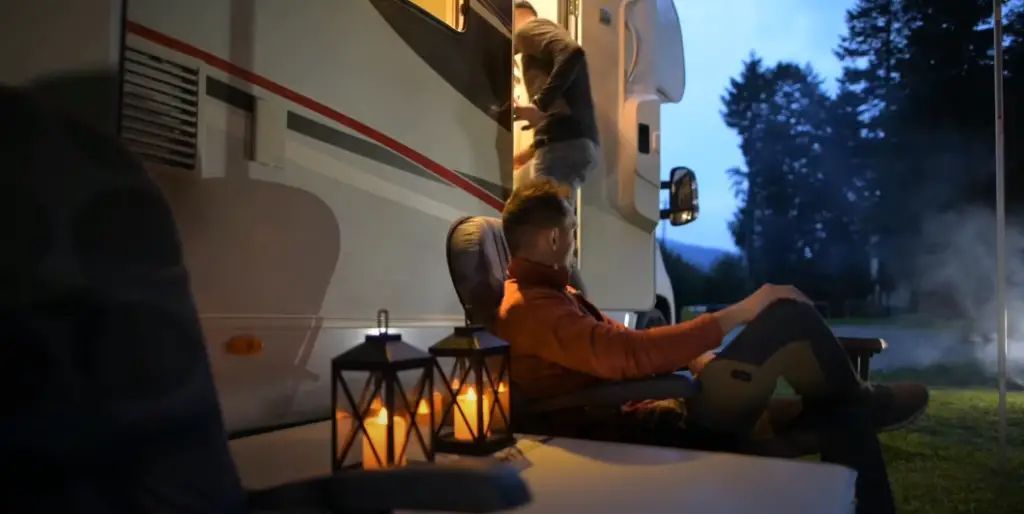
If you can afford it, place bubble insulation on the outside of exterior walls (don’t make it obvious or people will think you’re weird). You should be able to find this at most hardware stores too! It’s not very expensive but does take up quite a bit of space since it is so thick; also keep in mind that if you don’t have much room around your RV then this option probably isn’t feasible for you because making sure all the bubbles are flat against an area means taking precise measurements first.
Cover the doors of the RV
These areas are constantly being opened and closed which causes a considerable amount of airflow into or out from an RV that is trying to maintain a constant temperature!
Covering these openings will essentially produce 2 benefits:
- it’ll retain more heat within your home since cold air can’t enter as easily;
- when you open the door again much later on during winter months there will be less chill coming from outside because you’ve been using up all that extra hot air inside each time someone goes outside for a walk or something similar;
Cover vents and pipes
Vents and pipes are notorious cold spots. Cover them as shown above in order to avoid losing heat through these areas! In addition, if you have a pipe that runs along an exterior wall then place insulation around it but be sure not to cover any part of the opening where warm air leaves the home or cool drafts enter.
Use weather-stripping on all windows, doors, vents, etc. Weatherstripping is usually sold at hardware stores and can easily be used for this purpose because it’s cheap yet very effective when doing just what its name suggests: preventing outside elements from coming inside your RV during winter months! Make sure whatever weatherstrip you get goes around each of your seams so there isn’t any area left exposed—it’ll make your home more efficient and improve heat retention.
Lay foam flooring in the RV
Foam flooring is the cheapest and easiest option for keeping warm floors during winter months, though it can be a bit of an eyesore (you might consider using this only in areas where you’ll need to go). Foam floor tiles are usually made from polyvinyl chloride or PVC that doesn’t emit any harmful gases as regular foam insulation does.
These types of tiles also come with unique interlocking designs allowing them to fit together perfectly. Though there are different densities available depending on what your needs may be, all foams used as RV insulations have high R-values because they’re so thick – which means more effective heat retention!
You should try laying out some large pieces along each wall first since that’s typically the coldest spot when it comes to RVs. Keep in mind that the more foam you add, the better your results will be!
Install a skirt on your RV
A skirt is exactly what it sounds like: a piece of fabric that goes around your RV and acts as insulation — it’s pretty much the same as having foam flooring installed, but just outside instead. This isn’t an option for those who don’t want to spend extra money on winterizing measures though because skirts cost quite a bit more than insulating floors do.
They also take up more room so if you’ve got little space available then this simply won’t work out either.
There are 2 main benefits when using skirting compared to simply placing foam tiles down:
- It prevents drafts from coming through all areas where air can seep into or leak out from (wherever the walls meet the ground);
- It can help minimize condensation. Condensation is an issue because it causes ice to form on the inside of your RV that then leads to mold growth—and no one wants that;
If you still decide to skirt is worth it, make sure you buy something high-quality made from high-density polyethylene (HDPE) or similar material. These are usually waterproof and will work best for this purpose. You can typically find skirts in different lengths depending on how tall your rig is but sizes around three feet long seem to be most common.
Skirts also come with a self-adhesive backing so installation should take less than half an hour if not even much less time than that! Just make sure there’s enough slack left at the bottom for snow to slide underneath when it accumulates.
Using rugs
RV rugs are great for adding some extra insulation around the edges of your RV where it meets with hard surfaces like concrete or asphalt, which is usually what causes most cold drafts to seep into RVs in the first place since these materials are very effective at retaining heat.
You may want to consider using heavy-duty rubber mats instead because they’re guaranteed to last much longer and won’t require replacement unless you want a change of color or design – rubber mats are also very effective at preventing mold growth, unlike rugs.
Just be sure not to get anything with too bright of colors since these may bleed, which will permanently stain your flooring if it’s made from carpet. Also, don’t use natural fibers like cotton or wool for this purpose; both of them can provide insulation but they’ll retain moisture incredibly well so condensation issues could arise just as easily!
FAQ
Can you run a propane heater in an RV while driving?
Propane heaters are not safe to use while driving. Even a slight bump can cause the propane to spill and if it starts on fire, you have an explosion that could blow up your RV.
No. This is also very unsafe since propane generators emit carbon monoxide that will kill you before any flames ever come close to killing you in an enclosed space like this. It’s best not to use a generator at all when powering things from within the camper unless there are sufficient ventilation ports for fumes to escape through or even better using solar power as much as possible instead of gas-powered items whenever possible too!
Will my RV heater work without propane?
Yes. The heater may not work as efficiently or quickly, but it will still function. You can also use other heat sources to help supplement the lack of propane in your RV unit.
Do RV furnaces run on electricity?
Yes, they do. Many RVs have electric furnaces nowadays because it is more efficient than gas heating systems and easier to install as well.
Is it cheaper to heat an RV with propane or electricity?
The short answer is, it depends. Heating an RV with propane can cost more than heating an RV with electricity because of the price difference between gas and electric heaters. However, if you’re willing to put in a few hours or days for maintenance work on your electrical system each season, running your heater off a generator may save you money in the long run.
The first step to figuring out whether running your RV heater off propane or electricity saves you money is determining what type of fuel costs less per BTU – that’s British Thermal Unit which measures heat energy equivalent to 1000000 calories (the amount needed to raise one pound of water by 1F). The lower this number is from another measure called watt-hours, the less expensive that type of fuel is.
For example, propane costs about $0.57/gallon and has a heat value of 93,000 BTU per gallon that converts to 58 watt-hours/liter or 19 kW-hrs/gal when burned in an electric heater.
How much propane does it take to heat an RV in the winter?
An average 20-pound propane tank will last for about 12 hours. This means that if you use the heater of an RV all day, then it would take at least two tanks to keep your home warm and comfortable. However, there are ways through which you can reduce this number; such as by using a smaller heater or turning off the heat between sleeping times.
Can you run your RV furnace without electricity?
You can heat your RV using a generator, solar panels, or even the engine of your vehicle! These are all great alternatives to propane.
How can you make your RV furnace more efficient?
Using the furnace in your RV will deplete its battery power rather quickly, which can be frustrating. A solution to this is using an air conditioning converter instead of a propane-fired furnace. By running off 120v or 12v electrical power, you won’t drain your batteries as you do with a traditional propane furnace and it’s more energy efficient for heating purposes than other alternatives such as electric heaters.
Another option would be to turn on exterior vents when showering while camping so that warm moist air doesn’t build inside by closing all interior vents during showers then opening them up again afterward. That way no heated or cooled air escapes through open doors or windows but there isn’t any buildup either. To further increase the heating efficiency, consider insulating the windows or adding a window insulation kit.
Turn off any unused appliances before starting up the vehicle engine then turn them back on once inside. If possible, place fans near vents so they are blowing warm air out through external vents as soon as everything starts running again after restarting the vehicle engine. This method can also save battery life if done prior to leaving for the day.
Turn on your furnace just before starting the car engine then turn it off once you’re ready to stop for the evening. If possible, place fans near vents so they are blowing warm air out through external vents as soon as everything starts running again after restarting the vehicle engine. This method can also save battery life if done prior to leaving for the day since using appliances while driving will drain batteries faster than when idle or parked overnight.
What happens when an RV furnace runs out of propane?
The most common issues that arise when an RV propane furnace runs out of fuel are sometimes accompanied by a strong gas smell or lack thereof. If there is no smell, it means the pilot light went out and this usually occurs after someone tries to relight the furnace without following proper steps in doing so. The best fix for this would be to wait at least 30 minutes before trying again since attempting to turn on something like this too quickly can cause carbon monoxide poisoning if done repeatedly and left running long enough.
Another solution may be using a different type of lighter fluid than what was originally intended such as charcoal starter fluid instead of standard butane lighters that will burn hotter and more efficiently once ignited by the pilot light causing less strain on the pilot light system.
If there is a smell of gas, it means that propane may have leaked out into the surrounding area. And although this isn’t typically dangerous in itself if caught quickly enough by someone who can recognize what to look for then turn off your furnace immediately, carbon monoxide poisoning will still occur after longer exposure times if no action is taken. Symptoms include headache, nausea or dizziness with prolonged exposure so make sure to open windows while driving even when using an air conditioner converter since strong fumes are typically kicked up inside during transit mode which only increases the amount of time spent exposed without proper ventilation before arriving at your destination.

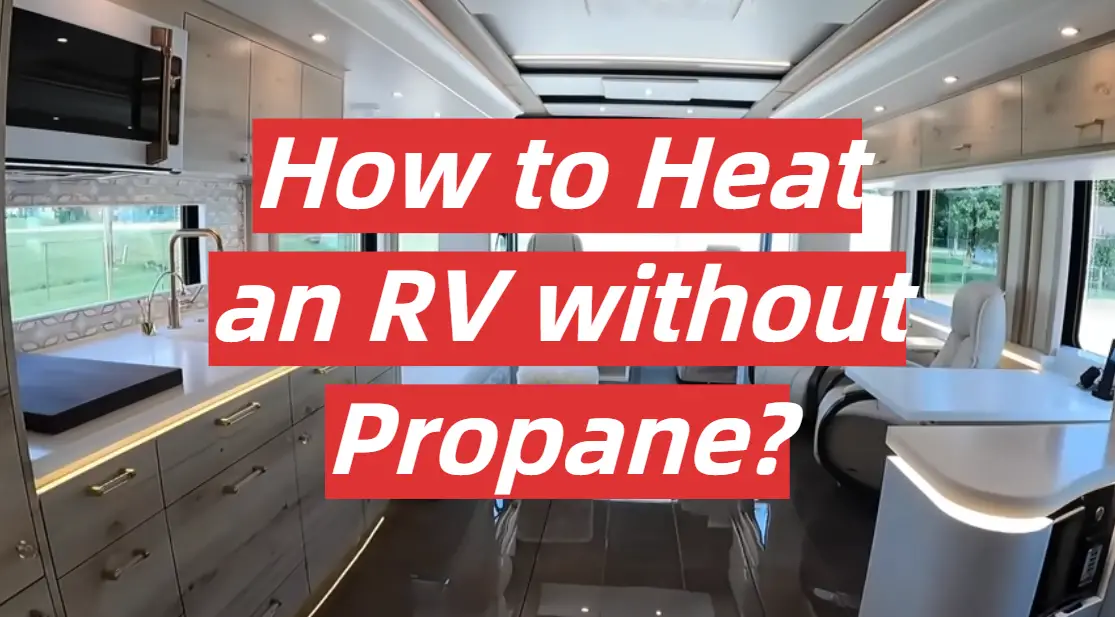
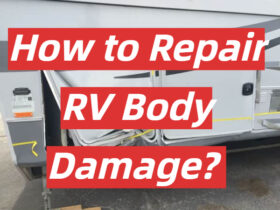
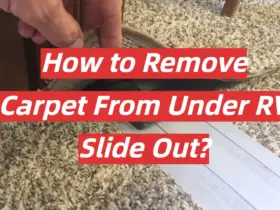
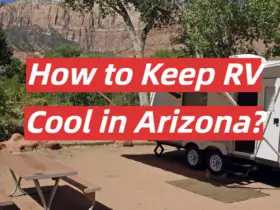
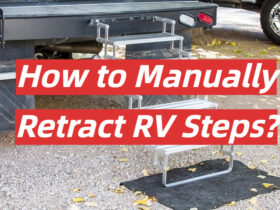
Leave a Reply